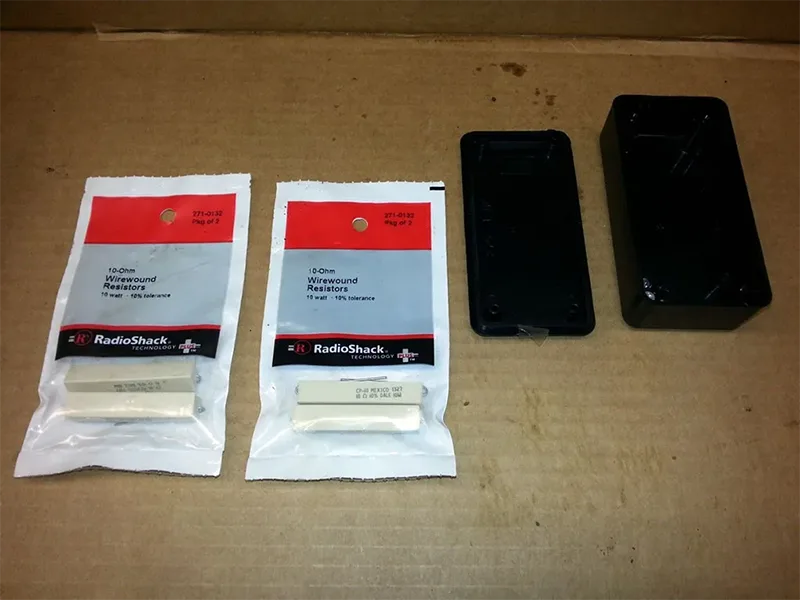For those of us that do automotive systems diagnostics, it isn't uncommon to fabricate some form of test equipment on the fly. Sometimes you just don't have the proper equipment on-hand, so you have to create or modify something for testing purposes in order to get the job done. This case required exactly that, based on some good old-fashioned intuition and a little bit of ingenuity.
A 2006 Chrysler 300 AWD came into our shop with a shudder concern. The vehicle was equipped with a 5.7 hemi engine coupled with a 722.6 Mercedes transmission, and it had 84,751 miles on the clock. The customer brought it to us for a second opinion. Prior to the visit to our shop, the customer had taken the vehicle to a Chrysler dealer for evaluation. Per their diagnosis, they had determined that a torque converter replacement was in order.
The customer was specifically concerned about a shudder at low speeds when slowing down at speeds below 35 MPH. During the initial road-test, it was noted that the vehicle exhibited a shudder similar to a torque converter issue, but it definitely felt different from other vehicles in which a torque converter repaired the issue. Based on that, we weren't wholly convinced that the torque converter was the root cause of this issue. It was clear that we needed to dig into the problem a little farther.
After further testing and some research, we determined that this vehicle was equipped with a MDS system (Multi-Displacement System). This system deactivates four of the eight cylinders at closed throttle and at steady cruising speeds, also. The MDS achieves this by forcing the intake and exhaust valves closed on those four cylinders, by reducing the oil pressure to their respective valve lifters via control solenoids. Other manufactures use a similar approach, such as GM's AFM (Active Fuel Management), and Honda's VCM (Variable Cylinder Management).
This could explain why the so-called, "converter shudder" felt like it was an engine misfire at lower speeds. Based upon the hypothesis that the MDS normal function was being misconstrued as a torque converter issue, we now needed to find a way to prove it. Because the vehicle itself has no accessible ability to disable the MDS, we had to find a way to manually accomplish this.
We needed to make a tool that could disable MDS without turning on the CEL or set codes, since simply disconnecting the solenoids for testing would create those issues. Therefore, we set out to make a test box that would fulfill these requirements. First, we had to spec out what we were working with.
After measuring the solenoid resistance through the solenoid harness located at the rear of the driver's side cylinder head, we determined that 10-ohm resistors would be needed for our test box. A series of 4 10-ohm resistors (acquired locally) were soldered inline into a temporary harness, and placed inside our box, one per solenoid.

After plugging in our field-built test box to eliminate the MDS from our diagnostic equation, the vehicle was again road-tested and the noticeable low-speed shudder was now gone. The torque converter worked exactly as designed, and our testing proved that the perceived concern was actually a normal condition that had always been there. Perhaps the owner bought this car used, and simply wasn't aware that the vehicle was equipped with the MDS system.
It would have been easy for us to sell and replace a torque converter in this vehicle. If we had, we would have been the bad guys even though the dealer had already condemned the converter. In many cases like this one, it's not as much about the "what" as it is about the "why". By going the extra mile to diagnose the concern properly, we saved the customer, and our shop, the cost and trouble associated with a comeback scenario.
 Certified Transmission
Certified Transmission
